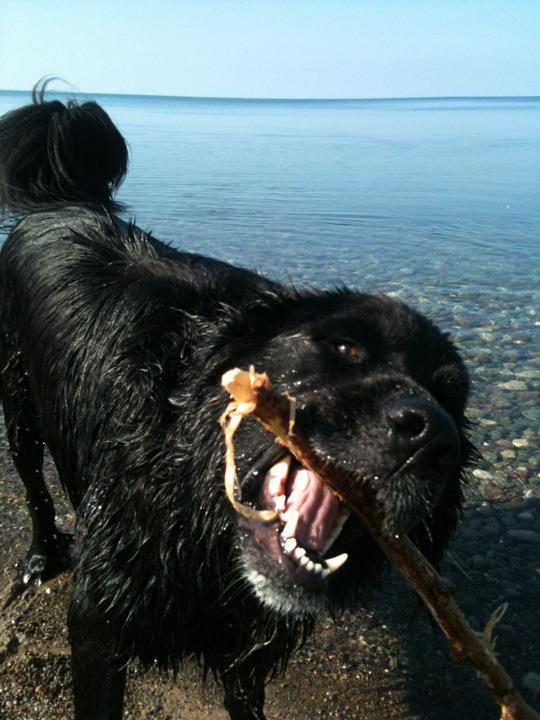Harmful algal bloom (HAB) toxins, including microcystins, pose health threats and even death fordogs and other pets exposed to the contaminated water, explains a new educational brochure from the New York Sea Grant Program.

The brochure, a product of a National Centers for Coastal Ocean Science sponsored research project in the Great Lakes, describesfreshwater HABsandtheir toxins, and how to recognize and respond to a dog poisoningevent. The project, led by Stony Brook University and New York Sea Grant, investigated how genetic flexibility helps toxic cyanobacteria (blue-green algae) proliferate. Two public informational workshops discussedthe rise and threat of cyanobacteria to recreation and public water supplies.
Information on the brochure and a related fact sheetcan be found onNew York Sea Grant’s HABs website.
For furtherinformation, contact John.Wickham@noaa.gov.
